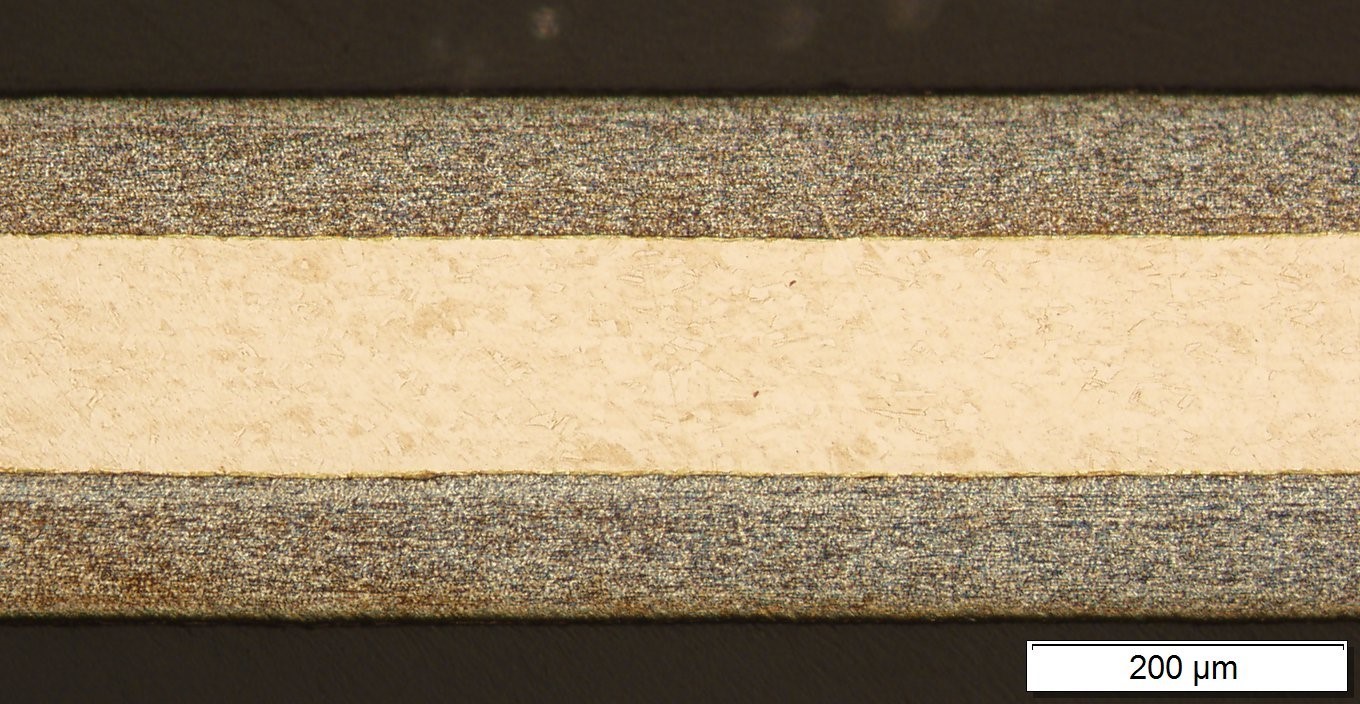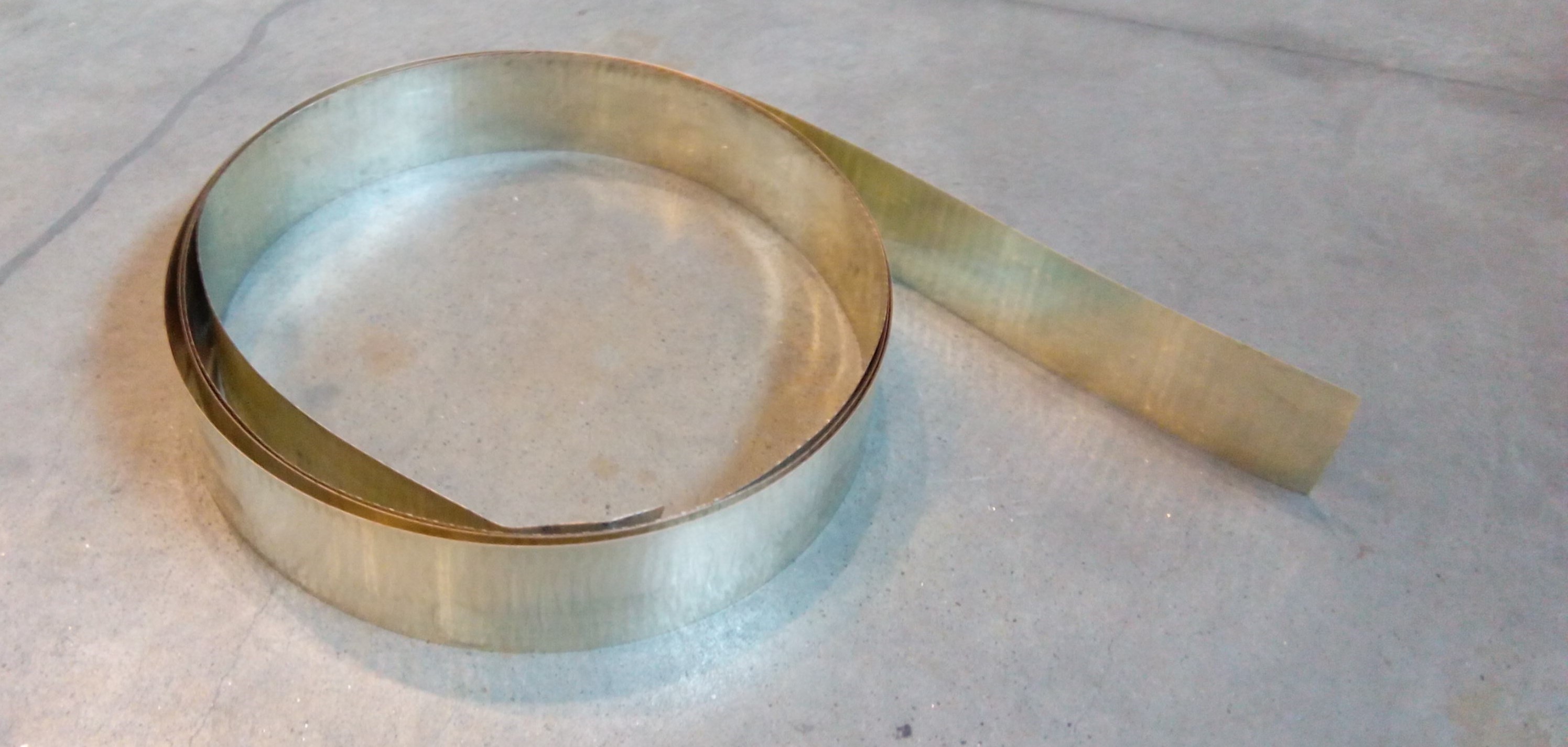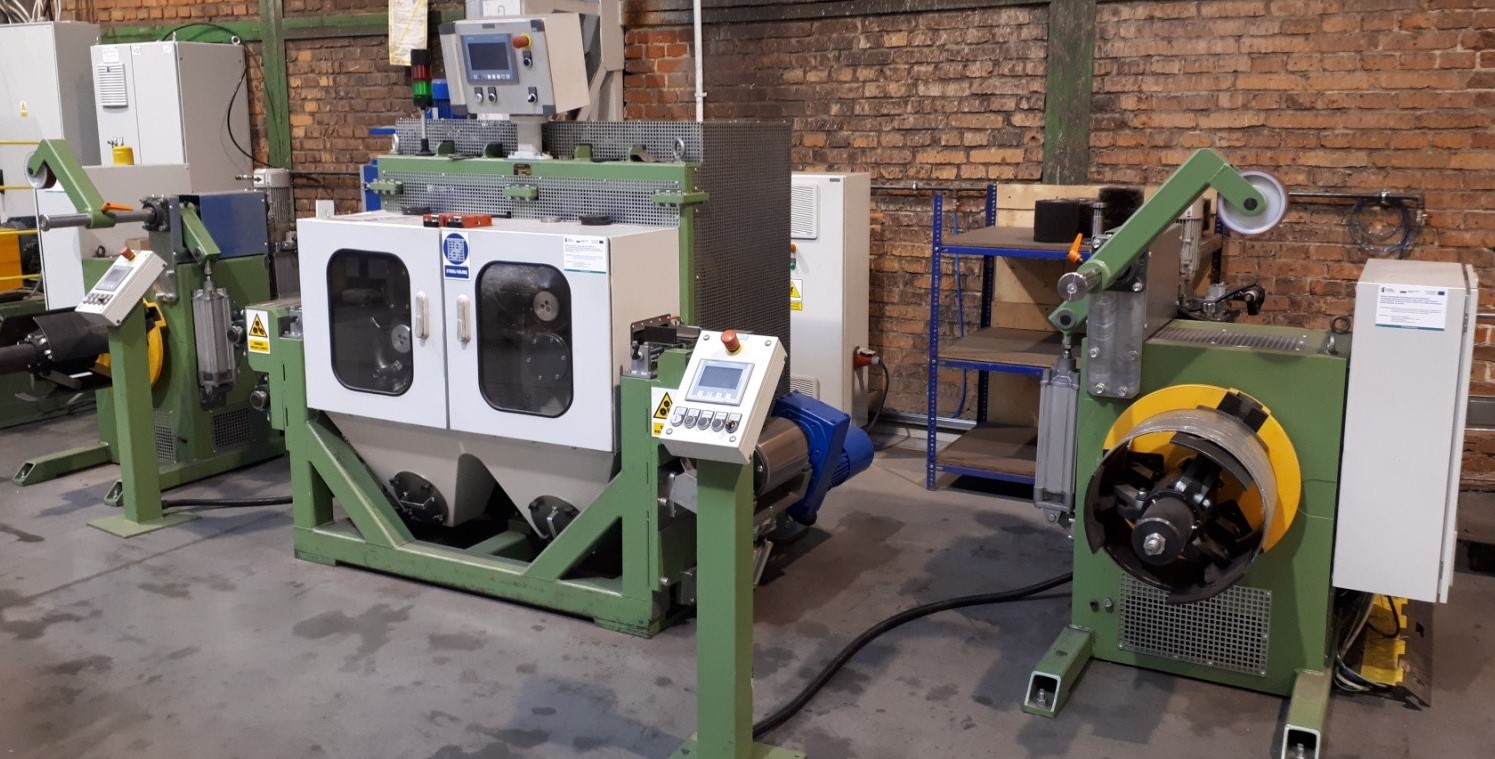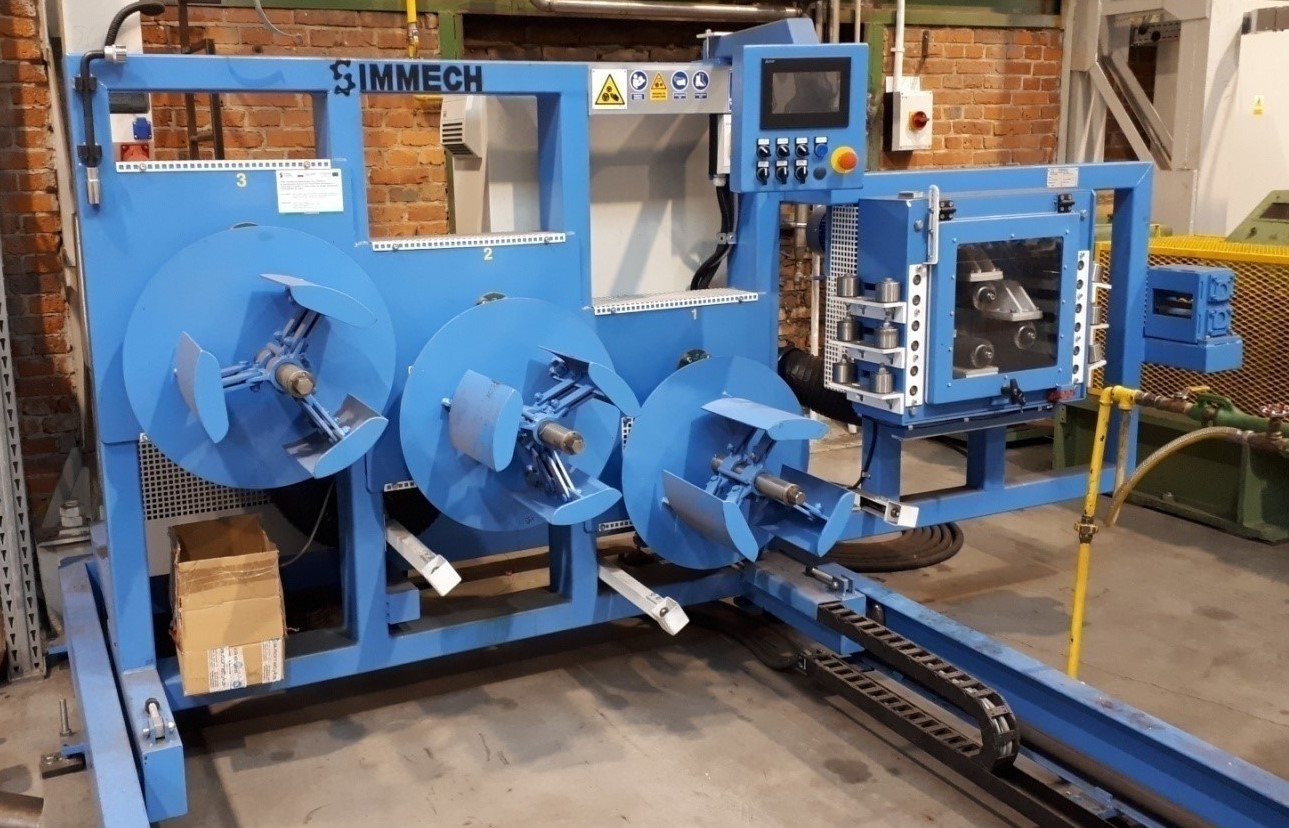New innovative COLDTRIBRAZE technology for the manufacture of silver-based binder layered materials for soldering by cold plating rolling

 Project title
Project title
New innovative COLDTRIBRAZE technology for the manufacture of silver-based binder layered materials for soldering by cold plating rolling
 Name of Beneficiary/Beneficiaries
Name of Beneficiary/Beneficiaries
Sieć Badawcza Łukasiewicz (Łukasiewicz Research Network) – Instytut Metali Nieżelaznych (Institute of Non-Ferrous Metals) in Gliwice
Politechnika Śląska (Silesian University of Technology) in Gliwice
Grundy Metals Sp. z o.o. in Gliwice
 Name of programme
Name of programme
Operational Programme Smart Growth
 Competition
Competition
Application Projects
 Project value
Project value
PLN 4 130 481.25
 Funding value
Funding value
PLN 3 126 788.75
 Project delivery period
Project delivery period
from 01/06/2018 until 12/10/2022
Have a look at the outcome of our work

with a thickness of 0.3mm, obtained according to the developed technology, (Ag alloy - Ag49Cu27.5Zn20.5Mn2.5Ni0.5).

obtained according to a developed technology.



What problem does our project solve?
Solid solders in the form of layered strips with silver alloys as the outer layers and copper as the middle layer are used to join larger carbides to steel in the manufacture of all kinds of machining tools.
The research conducted as a part of the project focused on developing an energy- and cost-efficient process for obtaining solderable layered materials using cold-rolling plating operations.
The existing technology for the production of layered solder strips implemented by the Consortium involves a number of technological operations, including unit plating on a vertical press and subsequent hot and cold rolling, until the final product is obtained, which generates high production costs, high material losses with a limited weight of the finished material.
The use of the developed technology, based on plating in the cold-rolling process, makes it possible to simplify and shorten the production cycle. Operations such as hot pressing of packets, machining of edge parts of the layered composite, hot rolling of the composite are eliminated, the number of inter-operational heat treatments is reduced, which is associated with obtaining better technical and economic indices of the whole process. The implementation of this technology is made possible by a pilot line, constructed as part of the project, which includes components such as a batch strip grinder, a batch strip uncoiler and an upgraded rolling mill.
Who will benefit from the outcomes of the project?
The new innovative technology for the production of layered solder by cold-rolling a strip bundle using a large unit deformation will enable to meet the growing customer demand for the products of the Consortium's company. The implementation of the project will provide a significant increase in production efficiency compared to the currently used technology and will enable the Consortium's company to meet the growing needs of customers, which will allow for significant growth of the Consortium's company in the hard solder market. The changes brought about by the application of the new technology will shorten the production cycle, which will result in faster procurement, winning new customers and increasing orders from existing customers. The new technology will significantly reduce the amount of post-production scrap, which is also beneficial from an environmental point of view from the point of view of its management or utilisation; CO2 emissions will be reduced.
It is envisaged that the implementation of the project results will contribute to the modernisation of the Consortium's enterprise and will increase its competitiveness on the domestic and foreign markets by offering high quality soldering materials in an appropriate range, as well as obtaining higher process efficiency.